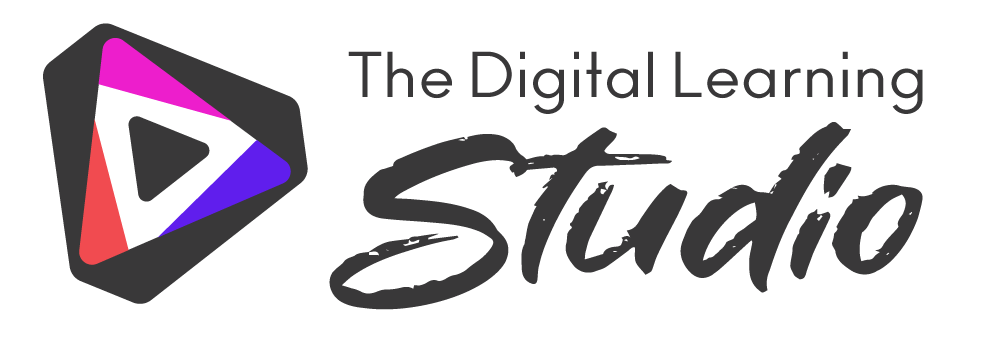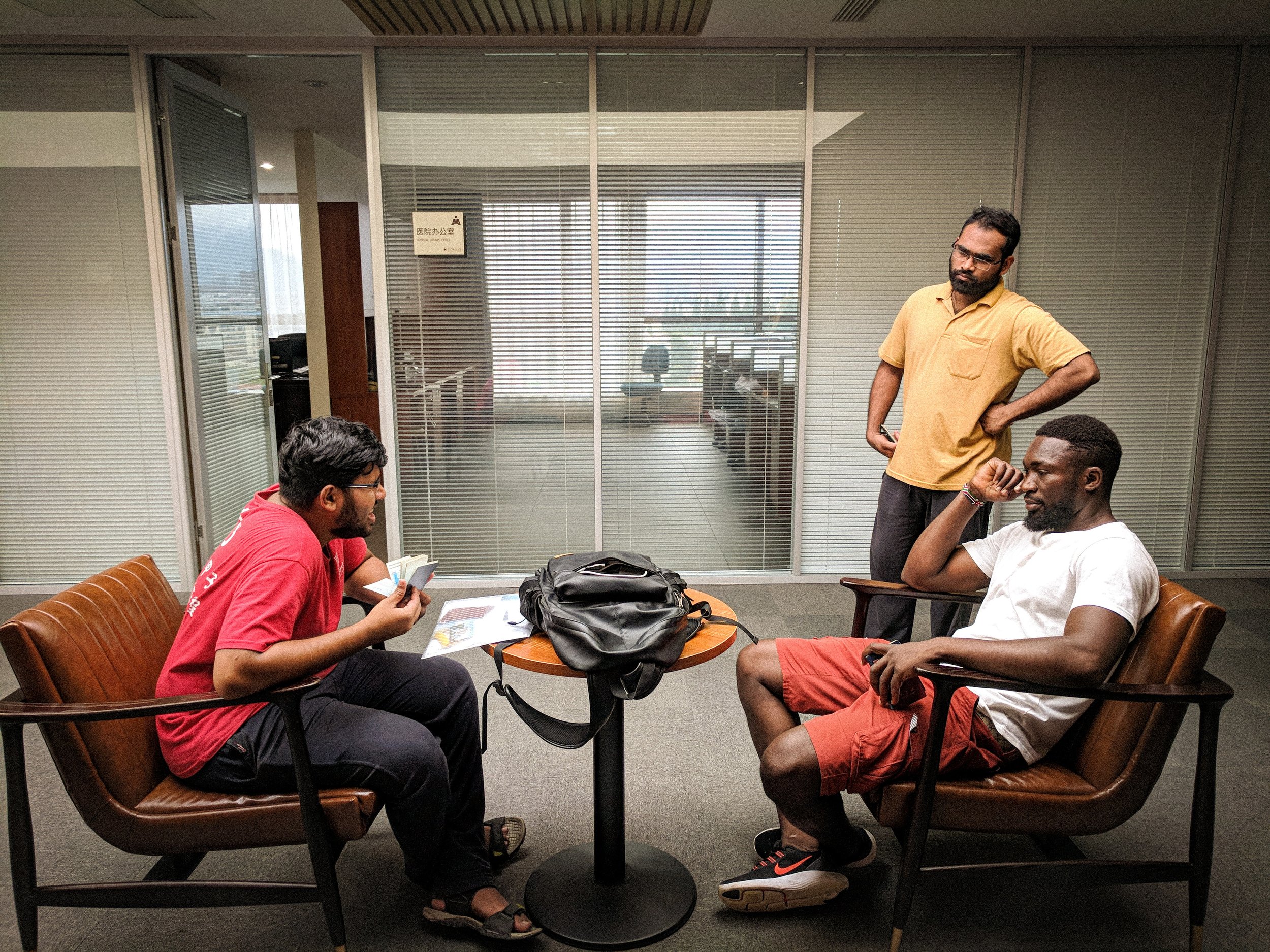Tips for Improving Poor Performance
In this lesson, you’ll discover how to improve poor employee performance. First, you’ll learn to distinguish between poor performance and misconduct. Then, you’ll find out how to remedy underperformance by following four steps and offering customized support.
Course Length: 12 minutes
In this lesson, you’ll discover how to improve poor employee performance. First, you’ll learn to distinguish between poor performance and misconduct. Then, you’ll find out how to remedy underperformance by following four steps and offering customized support.
Course Length: 12 minutes
In this lesson, you’ll discover how to improve poor employee performance. First, you’ll learn to distinguish between poor performance and misconduct. Then, you’ll find out how to remedy underperformance by following four steps and offering customized support.
Course Length: 12 minutes
In this comprehensive lesson, you will gain valuable insights into enhancing subpar employee performance within your organization. By the end of this guide, you will be equipped with practical strategies that can make a significant difference in productivity and overall team success.
It's crucial to begin by recognizing the fundamental difference between poor performance and misconduct. Poor performance pertains to an employee's inability to meet the expected job standards, often due to various reasons such as skill gaps, lack of proper training, or personal issues. On the other hand, misconduct involves deliberate actions that violate company policies or ethical norms.
To effectively address underperformance, a systematic approach is essential. This lesson will guide you through four integral steps that can pave the way for improvement. These steps encompass evaluation, planning, implementation, and monitoring.
Evaluation entails a thorough analysis of the employee's performance metrics, comparing their output against established benchmarks. This step provides an objective understanding of the areas that require enhancement. Subsequently, crafting a well-structured improvement plan becomes crucial. The plan should include clear goals, actionable steps, and a timeline for achieving visible progress.
Putting the plan into action requires a personalized touch. Customized support ensures that the employee receives the necessary resources, training, and guidance tailored to their specific needs. Regular check-ins and open communication channels are pivotal during this phase, fostering an environment where employees feel valued and supported.
The monitoring stage involves tracking progress closely. Regular assessments and feedback sessions enable both the employee and supervisor to gauge advancements, make any necessary adjustments, and celebrate milestones achieved. This continuous feedback loop aids in maintaining motivation and cultivating a culture of ongoing development.
In conclusion, mastering the art of addressing poor employee performance can significantly contribute to a more efficient and harmonious work environment. By understanding the distinction between underperformance and misconduct, and by implementing a strategic four-step process supported by personalized guidance, organizations can nurture their workforce towards improved outcomes and lasting success.






